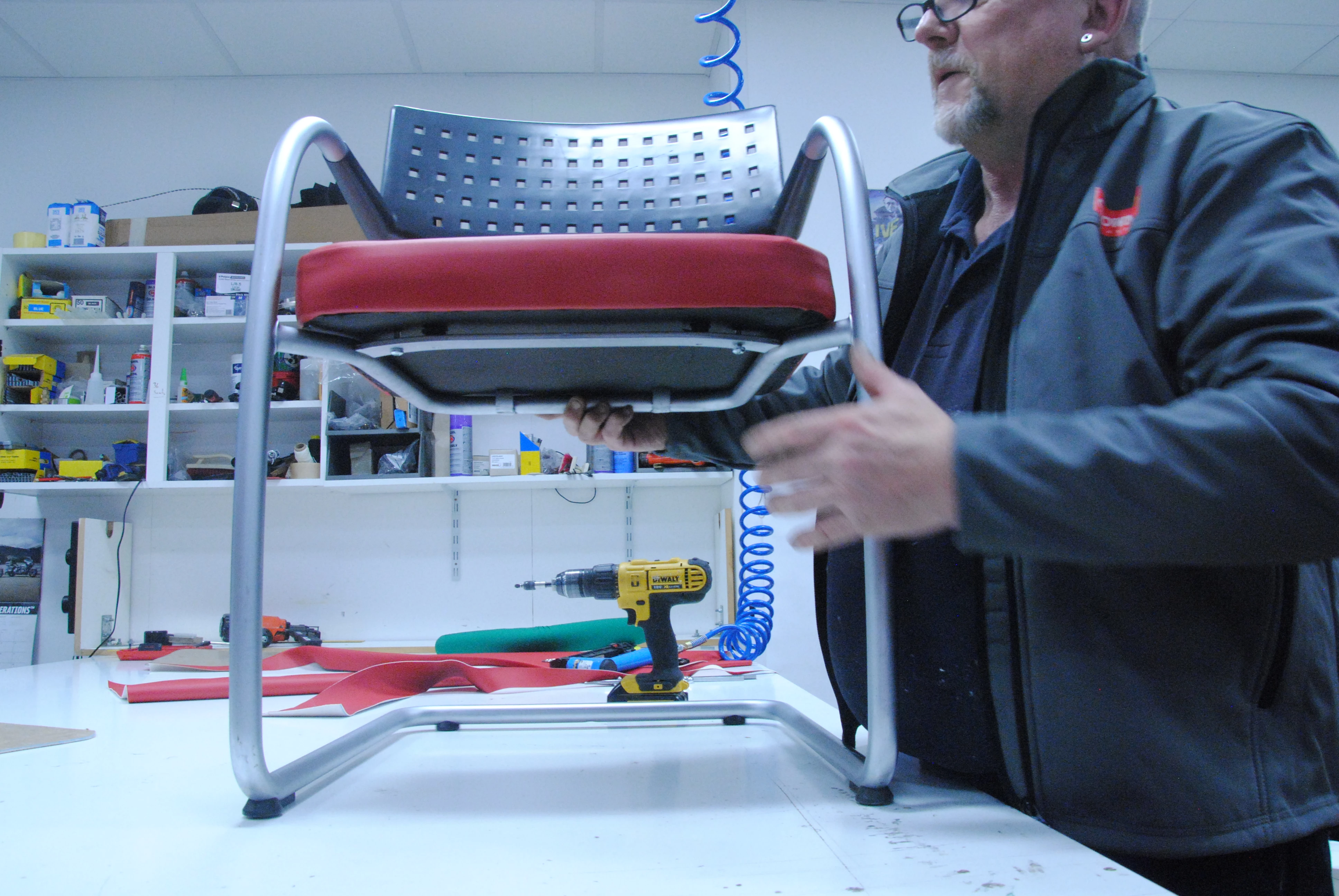
Partner Article
Twelve steps to joining the circular economy in your office
In an era in which the environment is increasingly a major focus for both business and politics, the phrase ‘circular economy’ is expected to be one to follow 2020.
The phrase describes an alternative model to a linear business world in which goods are made, used and then disposed of.
In a circular economy, the focus is on a more resource-efficient way of doing things, one in which waste is eliminated and resources are used, recovered and then regenerated.
The basic principles make perfect sense in a world where global warming and climate emergency are regular talking points: use less, share more and make sure what you do has the potential to be re-used, re-purposed and recycled. But how should a business go about adopting circular economy principles?
The office itself is a good place to start because this is where so many resources are consumed – from IT to furniture, from energy to paper and stationery.
The first step, however, is a change of perspective from simply wanting to ‘look green’ to understanding that businesses in the 2020s need circularity for their own survival.
To truly embrace a circular economy, many companies will need to do more than evolve – they will need a revolution in the very fabric of the organisation.
But the opening questions are pretty simple: “Do we really need it?” “What is this made of? “ “What happens to it when we’re done with it?”
By designing out waste and pollution, keeping products and materials in use and regenerating natural resources, businesses can start to embrace circularity in the very place that defines them – the office.
Here are 12 tips to join the circular economy in your workplace from Crown Workspace:
-
Put service and maintenance contracts in place, for example on electrical equipment, to increase lifespan, reduce future consumption of materials and, in the long term, reduce costs too.
-
Rather than throwing out office furniture because it doesn’t fit or the style is wrong, have it refurbished and remodelled at a fraction of the cost of new. It could also be sold or donated for re-use.
-
Consider partial replacement rather than complete renewal of fixtures and fittings. For example, rather than removing an entire ceiling of tiles, replace the ones that are damaged or discoloured.
-
Give fixtures such as old carpet tiles a new lease of life. They may no longer be the right look for the customer-facing areas but could easily be re-laid in storage areas, IT rooms. Less cost, less waste, more circular.
-
Remember that the things you need to get rid of could live new lives elsewhere. Older office equipment might feel lacklustre, but a smaller business or charity would welcome the opportunity to use it.
-
Consider that more effective space utilisation reduces the need for new buildings, which eat up resources. It can also help create jobs and growth. Spare space could be sublet or loaned to start-up organisation in desperate need of a base.
-
Think about whether buildings or sites could be fitted with renewable energy measures such as solar panels or wind turbines. These would allow the business to generate its own power, stop using fossil fuels and cut costs.
-
Equip the workforce and office space in ways that ‘encourage’ circularity. This could include providing all staff with reusable coffee cups, or better food preparation areas to reduce take-away packaging.
-
Rather than buying brand new IT equipment consider quality factory refurbs. These can offer practically the same quality and longevity as new equipment for a fraction of the price - and the satisfaction that resources have been saved.
-
Introduce more energy efficient resources, such as LED lighting, which can decrease scope 2 emissions.
-
Make recycling and waste management the focus when items do need to be disposed of. Businesses should send waste to facilities that promise to recycle a high percentage of what they receive.
-
Ensure that all the business’ vehicles, whether purchased or leased, are low emission, to help reduce carbon emissions. In London all vehicles need to be Ultra Low Emission Zone compliant. In order to reduce carbon emissions further, make all vehicles ULEZ compliant, no matter where they travel.
This was posted in Bdaily's Members' News section by Crown Workspace .
Enjoy the read? Get Bdaily delivered.
Sign up to receive our popular morning National email for free.








 A new year and a new outlook for property scene
A new year and a new outlook for property scene
 Zero per cent - but maximum brand exposure
Zero per cent - but maximum brand exposure
 We don’t talk about money stress enough
We don’t talk about money stress enough
 A year of resilience, growth and collaboration
A year of resilience, growth and collaboration
 Apprenticeships: Lower standards risk safety
Apprenticeships: Lower standards risk safety
 Keeping it reel: Creating video in an authenticity era
Keeping it reel: Creating video in an authenticity era
 Budget: Creating a more vibrant market economy
Budget: Creating a more vibrant market economy
 Celebrating excellence and community support
Celebrating excellence and community support
 The value of nurturing homegrown innovation
The value of nurturing homegrown innovation
 A dynamic, fair and innovative economy
A dynamic, fair and innovative economy
 Navigating the property investment market
Navigating the property investment market
 Have stock markets peaked? Tune out the noise
Have stock markets peaked? Tune out the noise